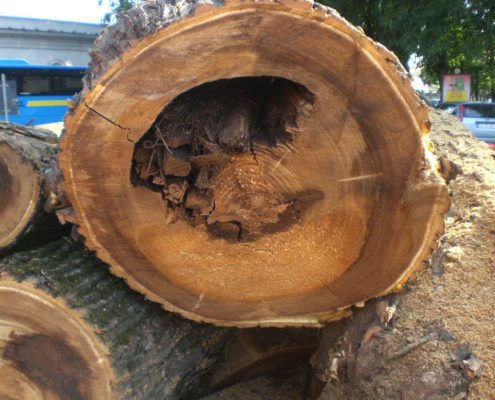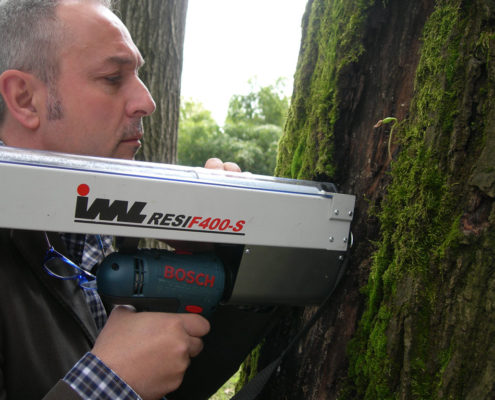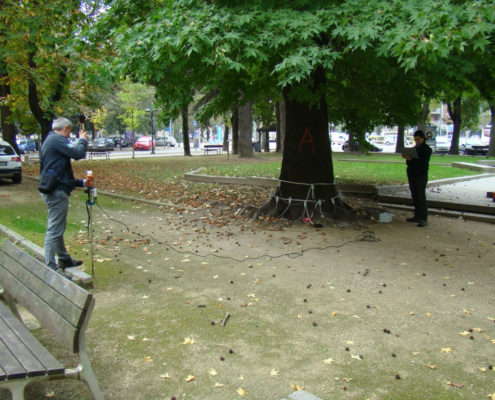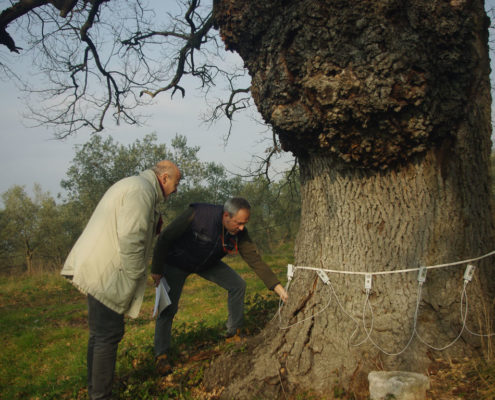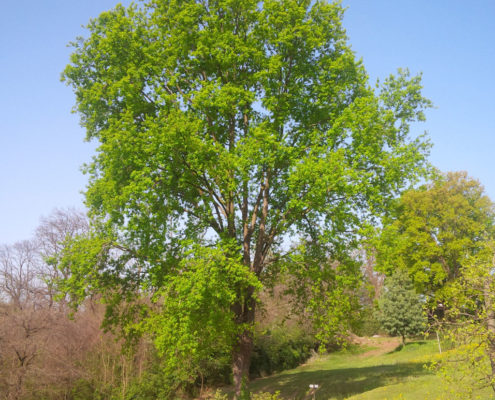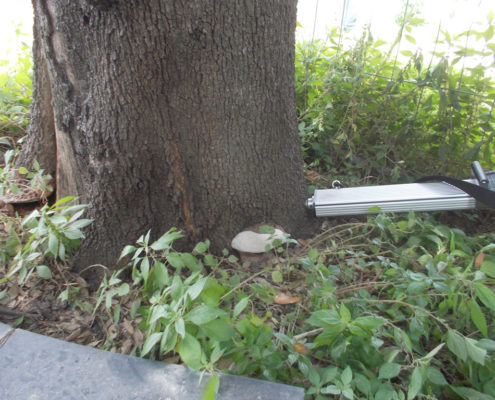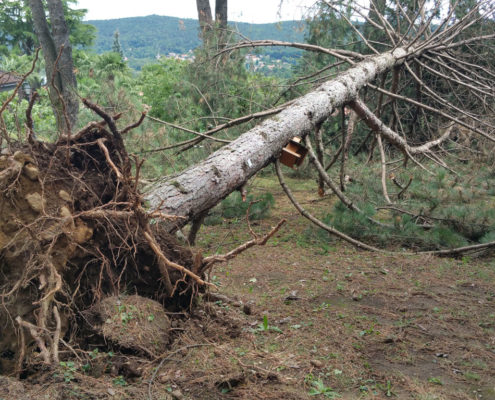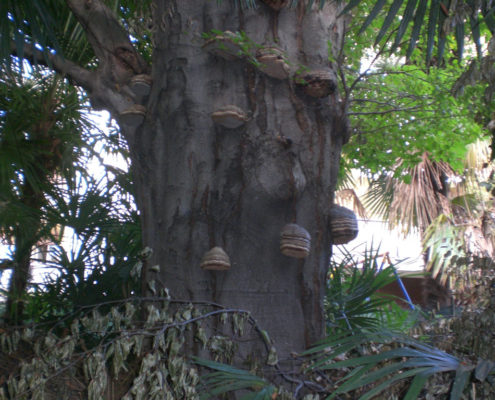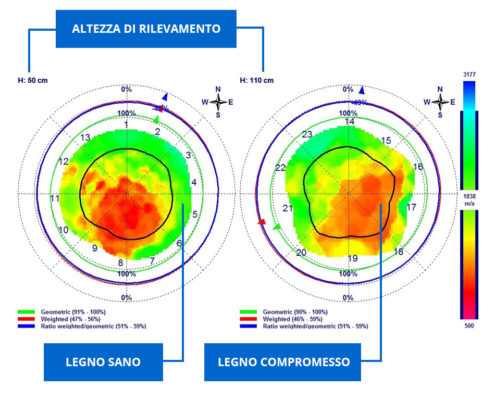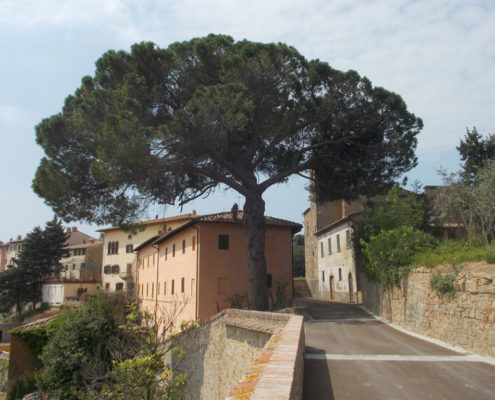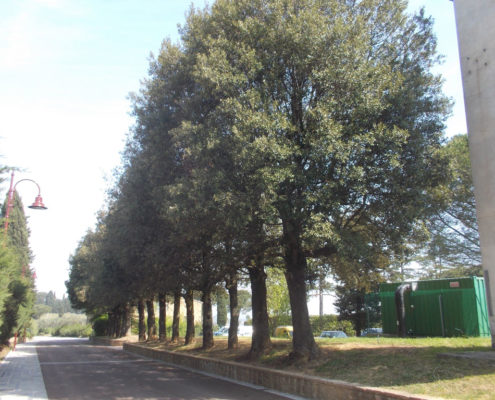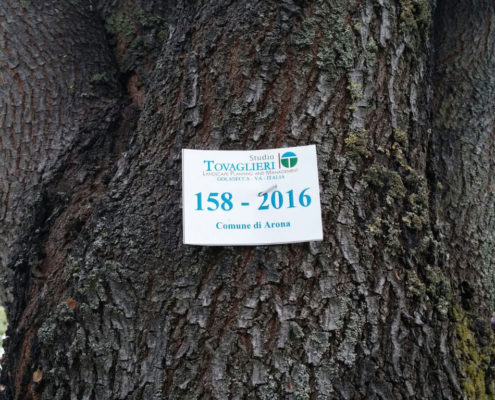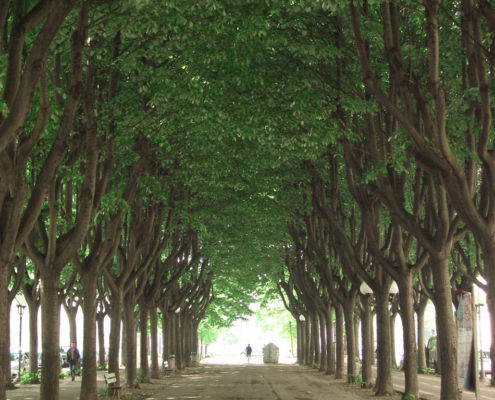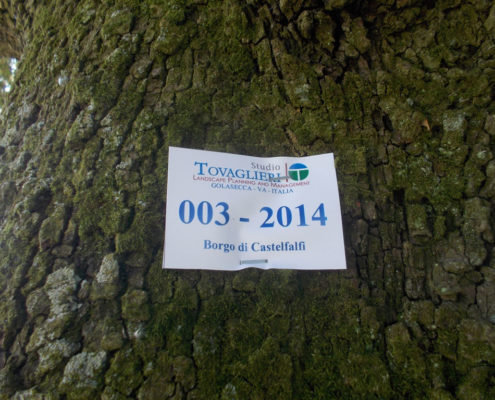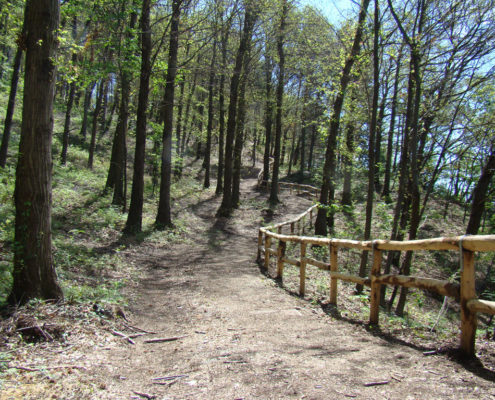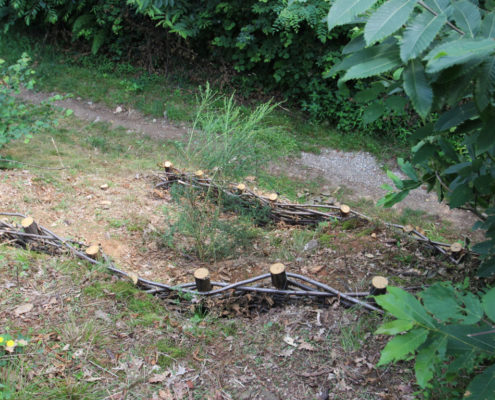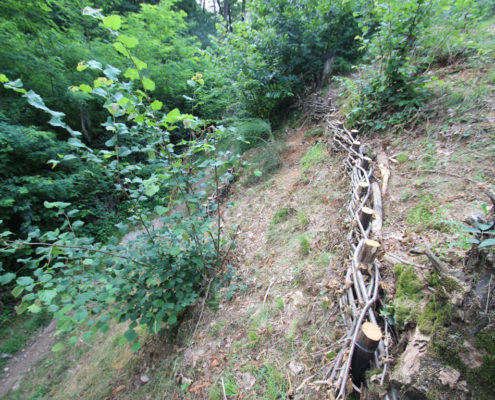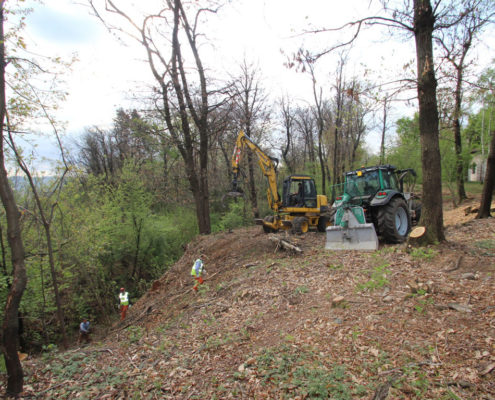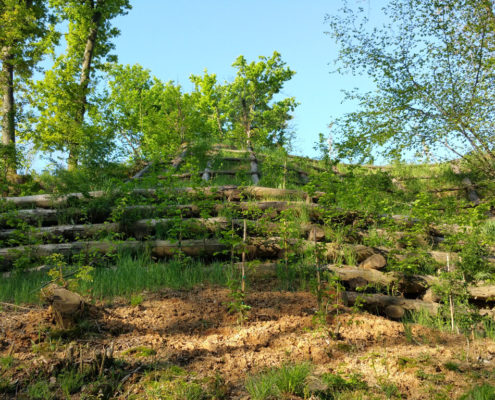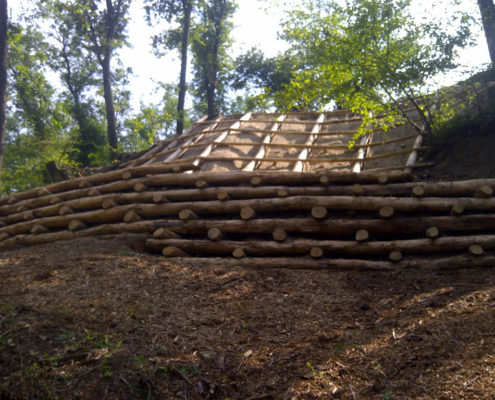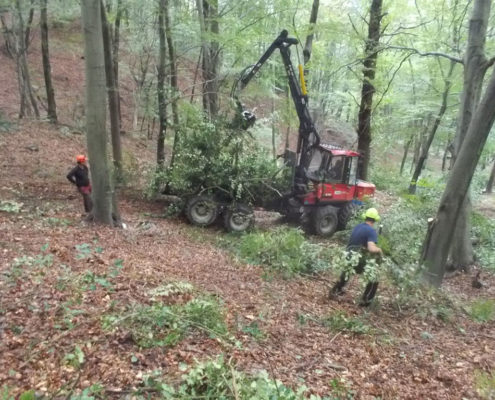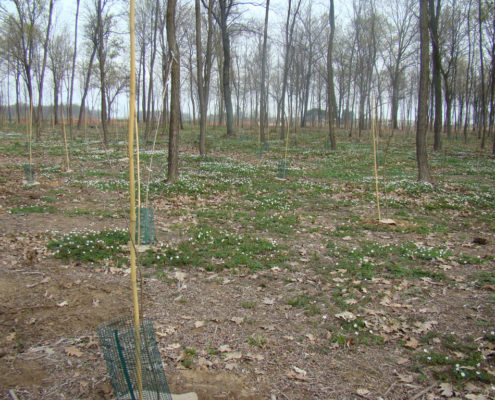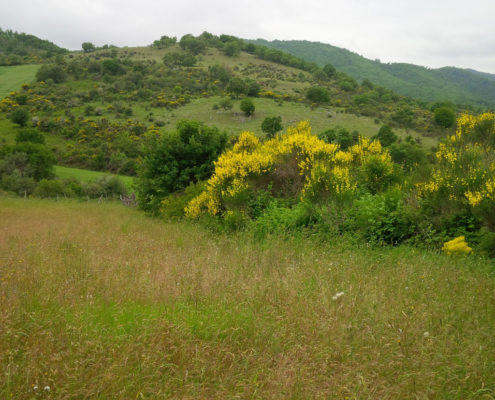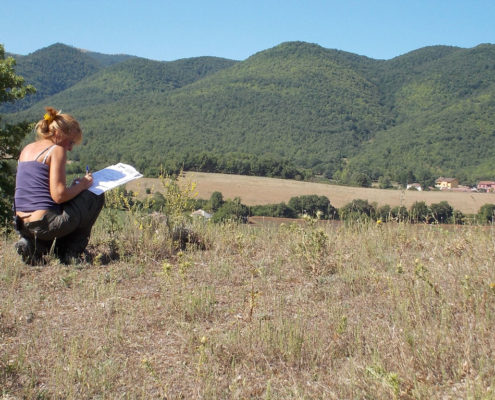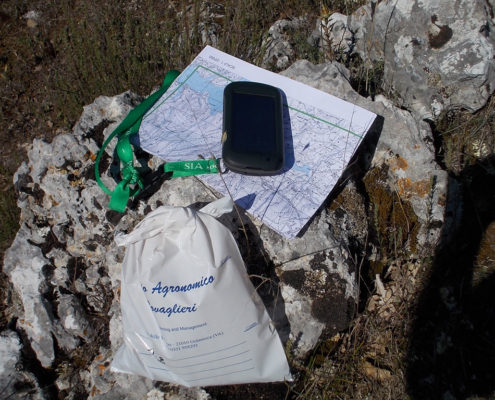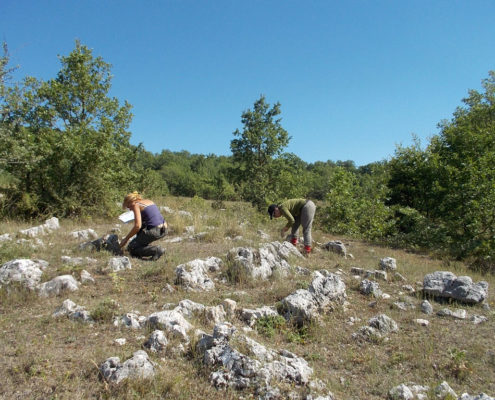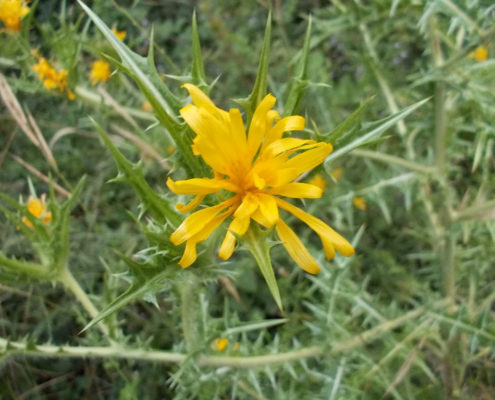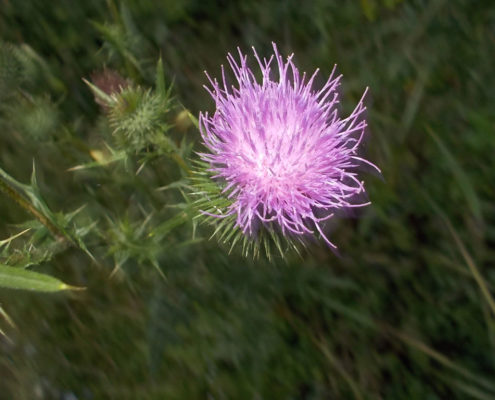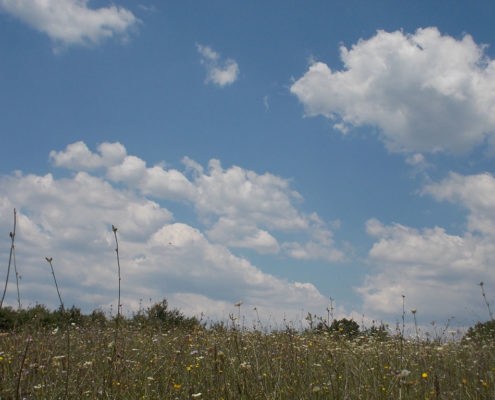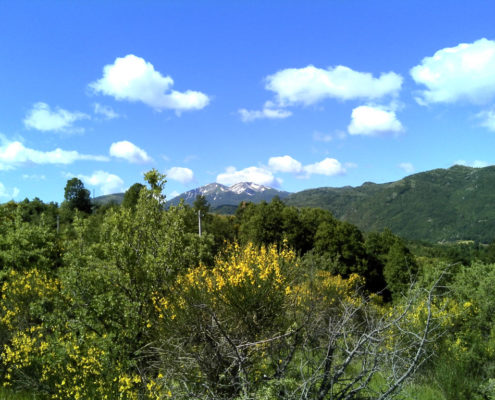Sectors and activities | Trees and woods
Sector activities
In every type of landscape, trees characterise what is perceived and their presence has many different benefits depending on the context and on who and what interacts with them. A tree in a city helps preserve the health of the environment. A tree in a woodland provides timber, an important part of the economy. Our neighbour’s tree poses a risk of falling down. A tree in a park marks an historic event.
These issues, which are often problematic, are scientifically addressed by Studio Tovaglieri in an open-minded manner and above all without stating the obvious.
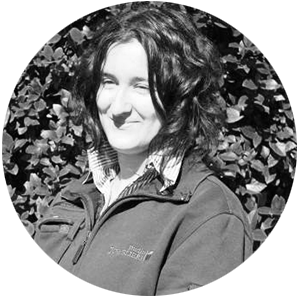
Martina Roncalli
- Dottoressa in Agraria.
- Laurea magistrale in Progettazione delle Aree Verdi e del Paesaggio presso l’Università degli Studi di Genova.
- Laurea triennale in Agrotecnologie per l’Ambiente e il Territorio conseguita all’Università degli Studi di Milano.
- Maturità tecnica di Perito Agrario.
- Esperienza in indagini arboree visive e strumentali, mediante approccio VTA, censimenti del verde e progettazione forestale.



